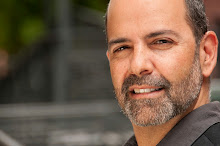
Because my old 120GB LaCie utterly died last week, I'm going to make a valiant effort to revive it for just long enough to get my first 10 hours of video material off of it. But I do have tape backups if that became necessary. I'm bummed about its death, but to be fair, I think i've owned that drive for more than 5 years, and that might be all one can hope for in safe hard disk storage. In general, it's not the hard disk that dies when something like this happens -- not usually. The hard disks themselves are manufactured by fine companies like Seagate and Western Digital. Their drives are in airtight enclosures and work pretty well pretty often. The weak link is the manufacturer of the case - the cool chasis that dissipate heat, have a range of plugs (for USB2 or Firewire 400 or whatever) and power. These plugs often go bad, and the electronics in the switch, which is what i think happened to mine, go bad. The good news is that this sometimes means your data is safe, but the drive must be extracted from the old broken chassis and placed into a new one. Anyway, this is not always the case, but an important distinction of which any drive owner should be aware.






1 comment:
The only true safety for digital data is a minimum of two backups--one local which is constantly updated, e.g. Apple's Time Capsule or RAID mirroring--and one off-site.
In addition to this, you've got to keep cascading your data forward from one medium to the next. I've got data that started life on 5.25" diskettes that now resides on a 2Tb drive I just bought. This is how to avoid losing your data due to media changes.
Post a Comment